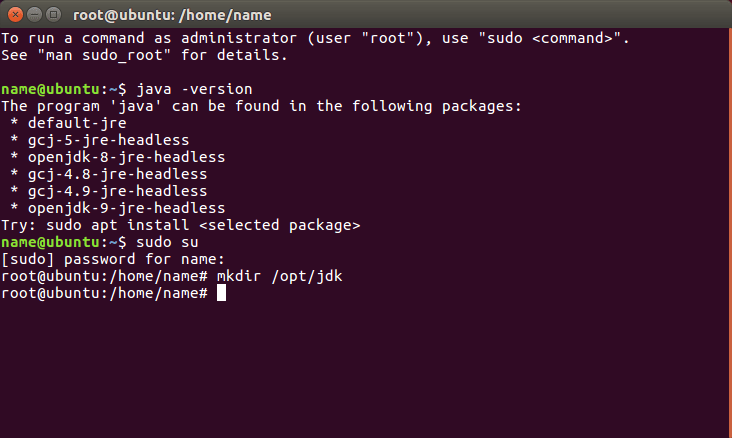
How to install jre 8 how to#
How to install the official Oracle Java on RPM based Linux distributionsī. Should you prefer to have control of all the phases of the installation, instead of relying on the APT facility, please refer to the instructions on this page: Once the command has completed, the Oracle Java platform will be ready to be used.
How to install jre 8 download#
Enter the command: apt-get install oracle-java8-installer The process will download and install automatically the required packages along with their dependencies. Once done, the repository will be added.Į. You should be asked to press to continue.

Add the webupd8 repository by tiping add-apt-repository ppa:webupd8team/java Follow the instructions on the screen. You will be requested to enter the sudo password.Ĭ. If you want to use sudo, just add sudo before each one of the commands you will enter in the Terminal.

Instead of becoming root, you can choose to use the sudo feature (which gives your user the root privileges for a single command). Become root, by typing s u on the Terminal and entering the super user password. If you need help with accessing and using the Terminal, please refer to: ī. On your Linux machine, open the "Terminal". The most simple way to install Java on Ubuntu or Mint is using the webupd8 repository. This method will install the latest version of JDK 8 and the JRE 8 browser plugin. How to install the official Oracle Java on APT based Linux distributions
How to install jre 8 software#
Other Linux distributions - those distributions may or may not use a specific package manager but all of them allow the installation of software using the source code package (.tar.gz) through a series of command to be issued on the Terminal.rpm packages allow a simplified and smooth installation of software without requiring a deep knowledge of the system. RPM based Linux distributions (Suse, OpenSUSE, Red Hat, CentOS, Fedora, Oracle Linux) - those distributions allow the installation of software packages (.rpm files), which contain the binary files to be installed on the system and an integrated dependency checker script.APT based Linux distributions (Ubuntu, Mint) - those distributions use the Advanced Packaging Tool to fetch and install software packages in a semi-automatic way, resolving and taking care of dependencies.For the purpose of this guide, we will divide the Linux distributions nowadays available into three big families:


 0 kommentar(er)
0 kommentar(er)
